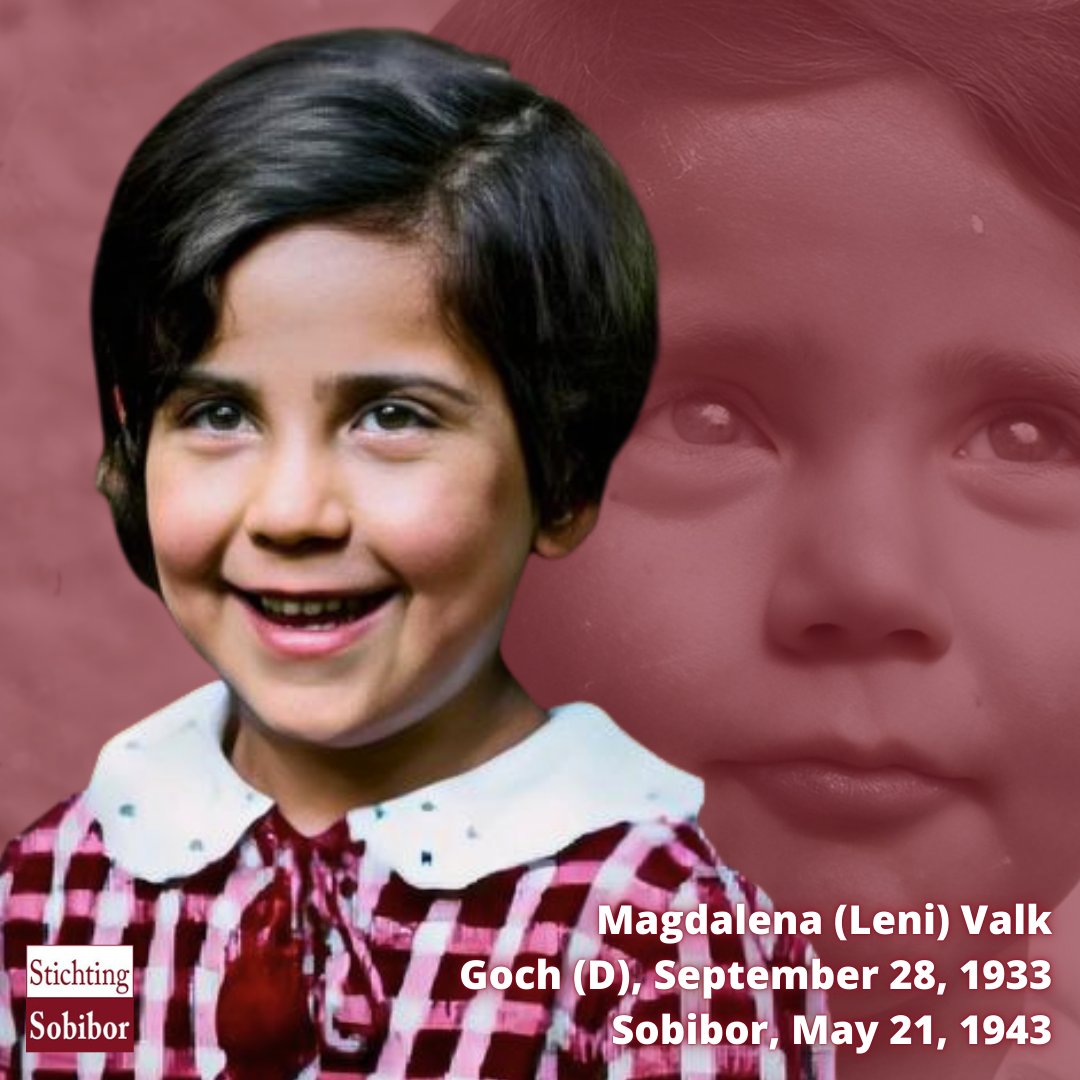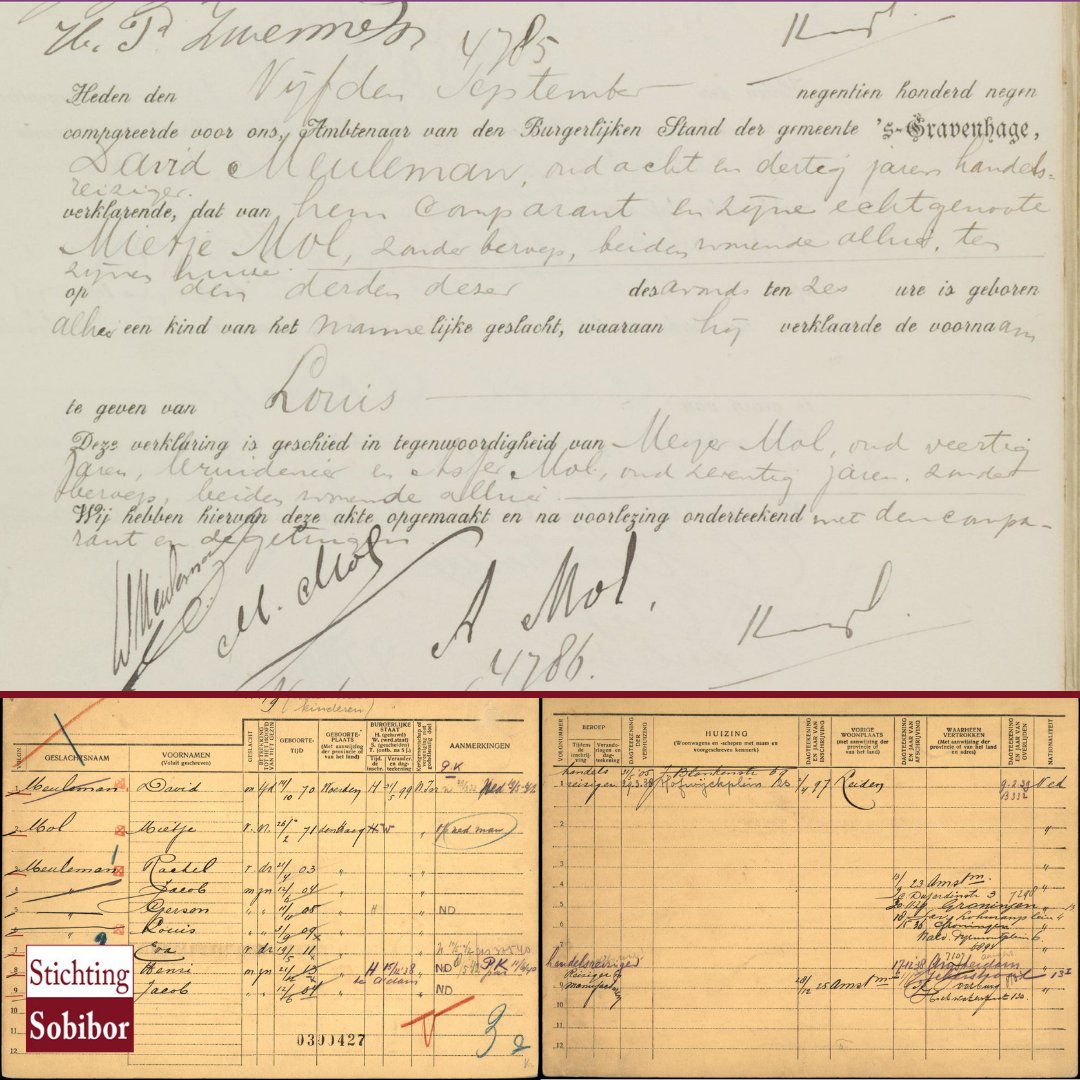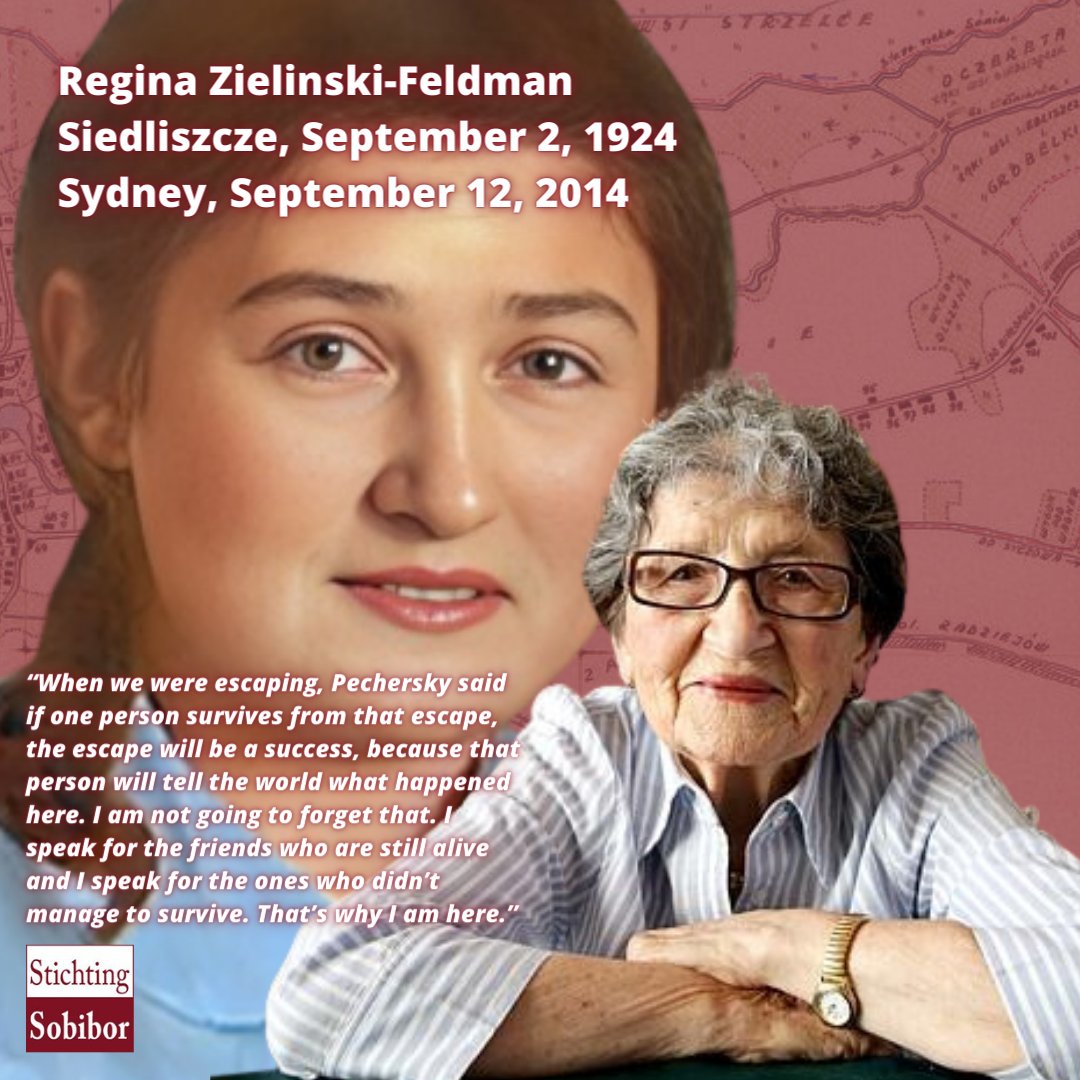20.06.1943 | #OTD In southern and eastern Amsterdam a big razzia took place on the last remaining Jews. From the gathering places, 5524 Jews were transported to camp Westerbork. Among them were Joseph and Mijam Kulb. On July 9, 1943 they were murdered in #Sobibor. 👇🏼/1 

Miriam and Joseph lived just 100 meters from the gatheringpoint in Olympia Square. Joseph had been fired from the Amsterdam municipality on Feb. 28, 1941, and worked at the Jewish Council. Mirjam had been an inspector at the Ministry of Agriculture by profession. /2 

The round-up on June 20 was organized in secret. German and Dutch police officers closed off the areas and from 3.30 AM, cars drove around to announce the razzia: non-Jews were ordered to stay inside and Jews were told to report to one of the gatheringpoints. /3 



The razzia lasted all day. According to the Westerbork camp registration, 5524 people were deported to transit camp Westerbork on June 20, 1943. See the pictures that were made that day for the SS: niodimagelab.nl/june-20-1943-r… /4 

Miriam and Joseph were both born in Amsterdam. But the civil register shows that they lived in several places in the Netherlands. In 1918, they were married. In 1920 they lived in Amsterdam again, where their sons were born. /5 





For 2 weeks Mirjam and Joseph stayed at Westerbork. On July 6, they were deported and murdered by the Germans in Sobibor on July 9.
Youngest son Wim was already deported to Sobinor on April 20 and selected as Arbeitsjude for Dorohucza. Max was sent to Auschwitz in 1942. /6
Youngest son Wim was already deported to Sobinor on April 20 and selected as Arbeitsjude for Dorohucza. Max was sent to Auschwitz in 1942. /6

In 2022 a monument was unveiled on the Olympiaplein, based on a photograph taken of a group of Jews walking with their belongings, and consists of shadows cast on the asphalt in the places where the photographed victims walked on the Olympiaplein. /7 

• • •
Missing some Tweet in this thread? You can try to
force a refresh























